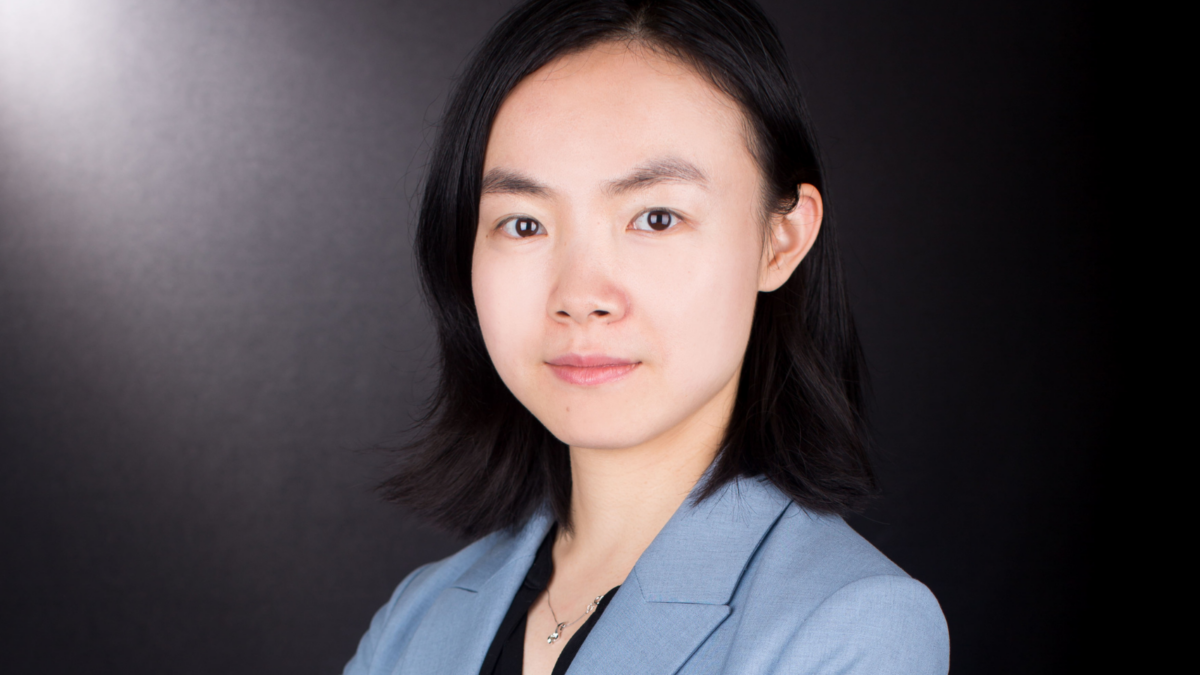‘High gear, heavy machinery’: Mingshi turns its predictive powers on green opportunities
A cloud of gloom seems to hang over China, with geopolitical tension colouring the long-term outlook for Chinese equities while investors fret over when the world’s largest economy will reopen as it works through the aftermath of the Covid years.
But Jianan Liu (photo at top), head of factor investing at Mingshi, a China A share quant shop, is more constructive. Covid Zero is moving towards loosening, with increased inbound flights and some larger cities dropping their requirement for a PCR test for domestic travel. And the geopolitical situation is unlikely to worsen anytime soon.
That relatively calm outlook for the market belies a generalised fear about China shares, borne out of the regulatory chaos that characterised 2021 and through which Mingshi managed to generate substantial outperformance. The onshore market had a muted reaction to the recent Party Congress – other bourses went into freefall – and Mingshi hasn’t given back any of the alpha it made during the regulatory upheaval of 2021. It did, however, see the effectiveness of its alpha signals diminish from November 2021 as they became more crowded amidst a bout of near-exponential growth in China’s quant industry. The lack of available hedging tools – most quant managers use the CSI 500 index – has exacerbated the crowding effect.
“This year has been tough, for different reasons,” Liu said. “… Very strong alpha signals start to lose their power because there’s so much money chasing them. But we addressed that. After April we put that factor into the production process and tried to limit it – to be more different from our competitors. Starting from April, our performance has been much better.”
But Mingshi is now looking elsewhere for alpha. Liu and colleagues started doing academic research for its upcoming Green Opportunities fund in 2019 and built an in-house ESG scoring system when they realised that scarce off-the-shelf data was a bad fit for a country with an idiosyncratic disclosure regime. The “proof is in the pudding” that green stocks in China are the outperformers – Liu estimates that green stocks outperformed the dirtiest by an average of 16 per cent per annum from 2016 to 2020 – and the homegrown scores are an alpha signal that Mingshi can throw into its investment process.
“One thing with China’s public firms is that an ocean of information is captive between the regulator and themselves,” Liu says. “They don’t disclose to the public because there’s no explicit disclosure requirement on carbon emissions. But if we’re able to estimate emission levels more accurately that’s also an indicator of how much pressure they’ll face from the regulators.”
“With the US or big international quant houses, non-disclosure gets a negative score. But that might not work in China. Non-disclosure to the public doesn’t mean it will get pressure from the regulator as long as they communicate well with the regulator.”
Mingshi believes that the earnings implication of “greenness” are overlooked. Earnings surprises are positive for green firms but negative for the dirtiest firms, and these earnings surprises account for nearly 40 per cent of green stocks’ superior performance.
“We gave up the kitchen sink approach of a hundred or more indicators and opted for hand-picked ones that have been mentioned by the regulators, and what can be estimated using the available data,” Liu says. “It’s of no doubt that government policies effect price, and you see environmental performance emphasised by top leaders and in the government’s policy agenda. That for sure will transmit to the public sector and become a pressure for firms to act. Those who fall short will be hard lined.”
“Lower frequency signals that are more intuition driven have been in our DNA from the very beginning,” Liu said. “What’s good about our current approach is that throughout the evolution into the big data, machine learning, high-gear high-performance model, we built up our engine room as a kind of quant model 2.0. We now have better algorithms and predictive models to process all the information… We’re using the high gear, heavy machine to do the easier case.”











